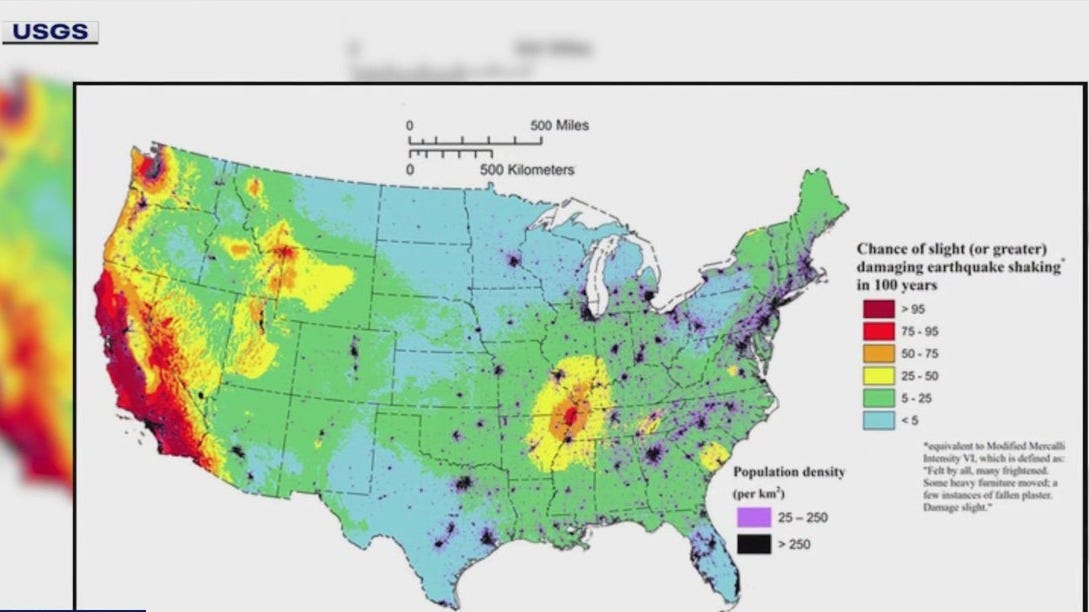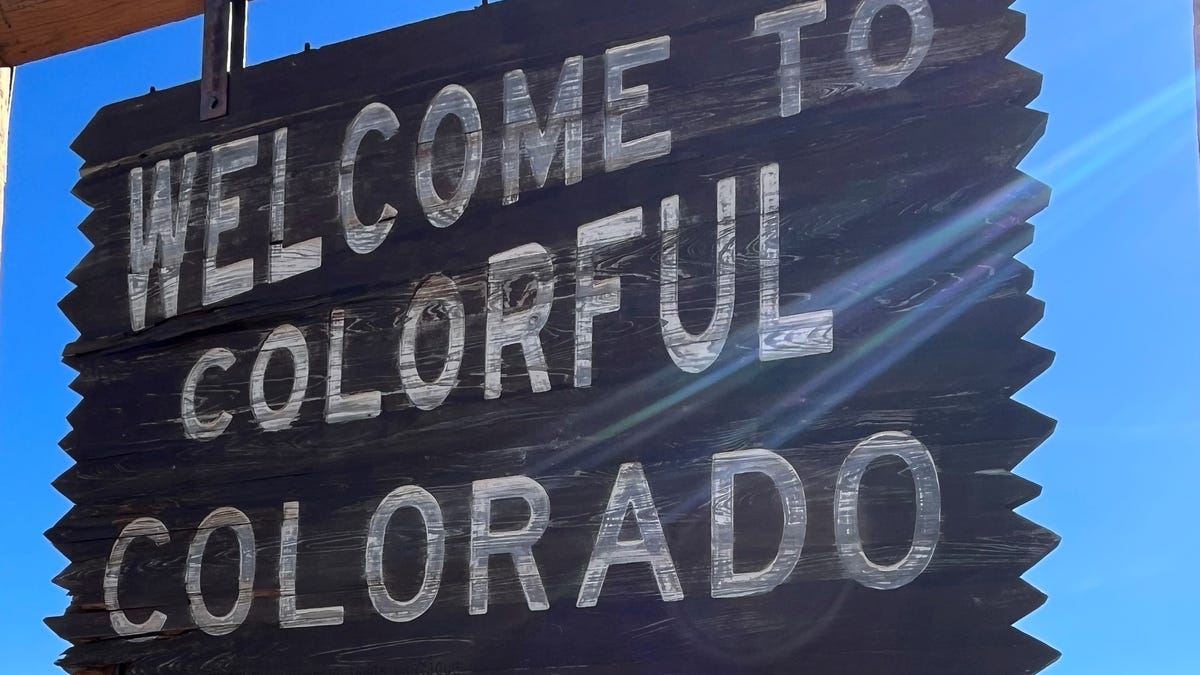What you need to know about earthquakes
Every year, there are about 500,000 earthquakes – 100,000 of which can be felt on the Earth’s surface. But how do earthquakes work? We explain.
Just the FAQs
- A 2.9 magnitude earthquake struck near Dacono, Colorado, with tremors felt as far as the Denver area.
- While Colorado experiences earthquakes, they are typically smaller and away from populated areas.
- The largest earthquake in Colorado in the past year was a 3.4 magnitude near Salida.
A 2.9 magnitude earthquake near Dacono provided a jarring wakeup for some Coloradans, with the shaking reported some 20 miles away into the Denver area.
The U.S. Geological Survey said the temblor had an epicenter about 3 miles southwest of Dacono.
The quake was not the largest in Colorado in 2025 — that honor goes to a 3.2 quake that rumbled about 21 miles west of Delta on April 3. But the Dacono quake likely stood out because it was relatively close to a large population center. Reports of people feeling the jolts stretched into Thornton and over to Erie.
While minor, the event was a reminder along the Front Range that Colorado can have earthquakes, and good preparation is important in the event of more significant shaking.
Are earthquakes common in Colorado?
Somewhat. There have been 20 reported in the past year on Earthquake Track, a website that logs seismic activity around the world. They’re just not that large and not usually close to cities.
The largest in the 365 days prior to the Dacono quake was a 3.4 earthquake near Salida on Oct. 26, 2024, according to the USGS.
Where are earthquakes likeliest to happen in Colorado?
Colorado has thousands of faults, but only five have been studied enough and determined to be active enough to end up on the USGS’s National Seismic Hazard Map. They are the Cheraw Fault in southeastern Colorado, Northern Sangre de Cristo Fault in south central Colorado, the Williams Fork Mountains Fault in southwestern Colorado, the Sawatch Fault in central Colorado and the Gore Range Frontal Fault, the closest major fault near the Denver area.
The Colorado Geological Survey says it is likely that more faults have similar potential but have not been studied closely enough. In all, it says, it is impossible currently to predict the time or location of the next big Colorado earthquake.
When was the last major earthquake in Colorado?
It has never had one recorded, based on seismologists’ definition of a major earthquake having a 7.0 or greater magnitude.
The strongest earthquake ever reported in Colorado was on Nov. 7, 1882, estimated as a 6.6 magnitude temblor. The epicenter has been difficult to pin down based on historical data, although estimates put it roughly 60 miles away from Denver in the northern Front Range.
The Denver area accidentally became one of the most seismically active areas in the country in the 1960s. An attempt to dispose of chemicals from the Rocky Mountain National Arsenal by injecting them deep into the ground is believed to have triggered several years of seismic instability that caused property damage throughout the area. More than 1,500 earthquakes emanated along the Derby Fault from 1961 to 1967, including multiple quakes of 5.0 or greater magnitude.
The largest quake recorded since then had a 5.3 magnitude on Aug. 22, 2011, with an epicenter about 15 miles southwest of Salida.
What should you do in an earthquake?
Shaking is usually very brief, meaning you don’t have a lot of time to react when an earthquake hits. Colorado Emergency Management has several recommendations of what to do when an earthquake starts:
- When you feel and earthquake, drop and cover under a desk or sturdy table and hold on to it. If it moves, move with it.
- Stay away from windows and objects like bookcases or display shelves that could fall.
- If you are in a crowded public place, do not rush for an exit.
- If you are in a theater or stadium, stay in your seat, protect your head with your arms or get under the seat. Do not leave until the shaking stops.
- If you are outdoors, move to a clear area away from trees, signs, buildings or downed electrical wires and poles.
- If you are on a sidewalk near a tall building, get into a building’s doorway or lobby to protect yourself from falling bricks, glass and other debris
- If you are driving, slowly pull over to the side of the road and stop. Avoid overpasses, power lines and other hazards. Stay inside the vehicle until the shaking stops.
- If you are in a wheelchair, stay in it. Move to safe cover if possible, lock your wheels and protect your head with your arms.

Report: 75% of U.S. at risk of earthquakes
A new seismic hazard model reveals that approximately 75% of the U.S. population could potentially be affected by earthquake impacts in the future.
Fox – 5 NY
What can you do before an earthquake to prepare?
There are several steps you can take to prepare for an earthquake.
- Anchor appliances and tall, heavy furniture that might fall.
- Put latches on cabinet doors to keep contents from spilling out.
- Establish an “out-of-area” contact family members should call if you are separated, particularly if local phone or internet service is not working well.
- Keep emergency supplies in one place in the home.
What else can you do to prepare for an earthquake?
The Great Colorado ShakeOut, billed as the state’s largest earthquake drill, is scheduled for Oct. 16. It is a coordinated day for individuals, businesses, public spaces and more to practice what to do in the event of an earthquake. Interested parties can sign up at the event’s website.
Nate Trela covers trending news in Colorado and Utah for the USA TODAY Network.

